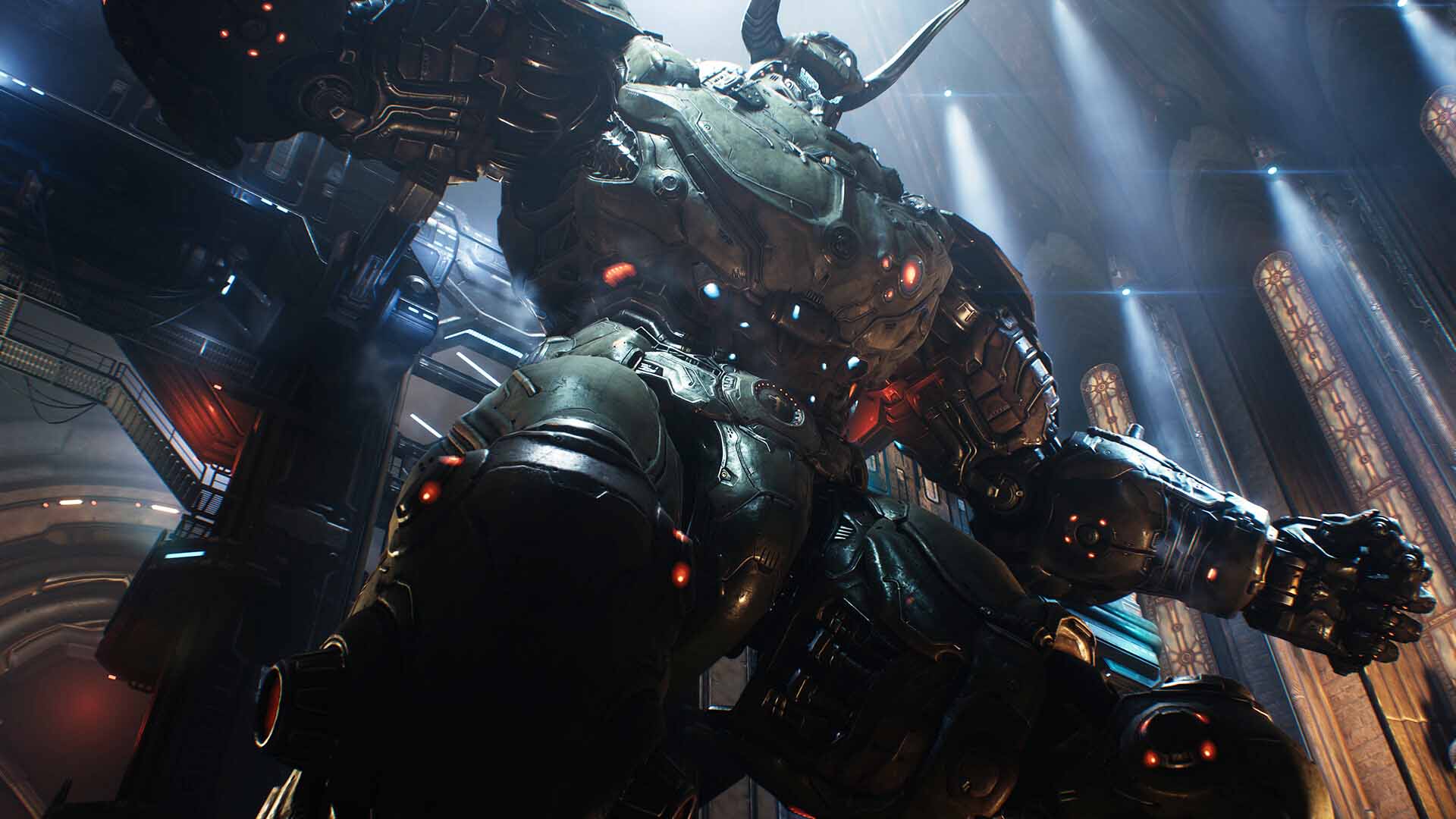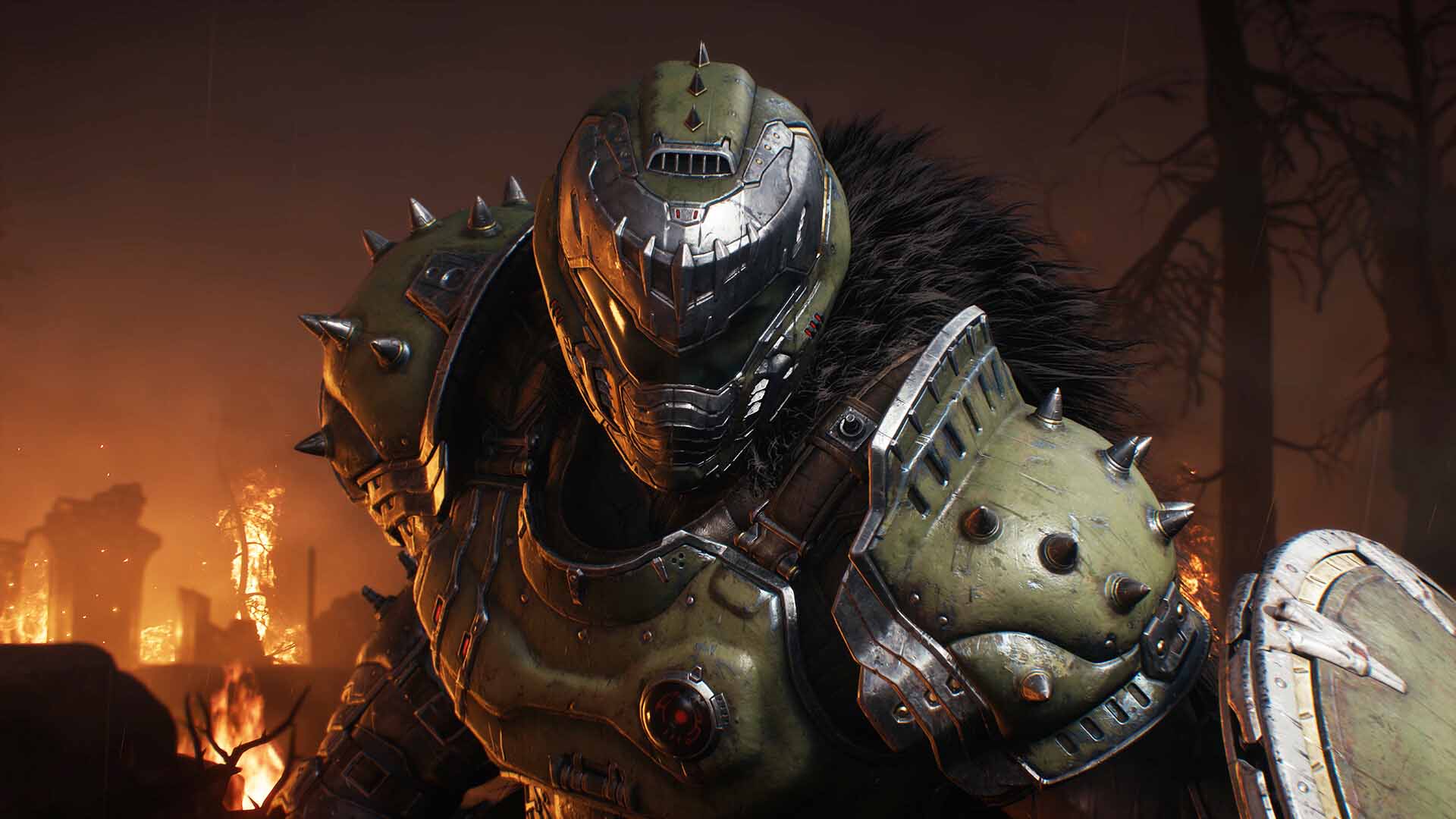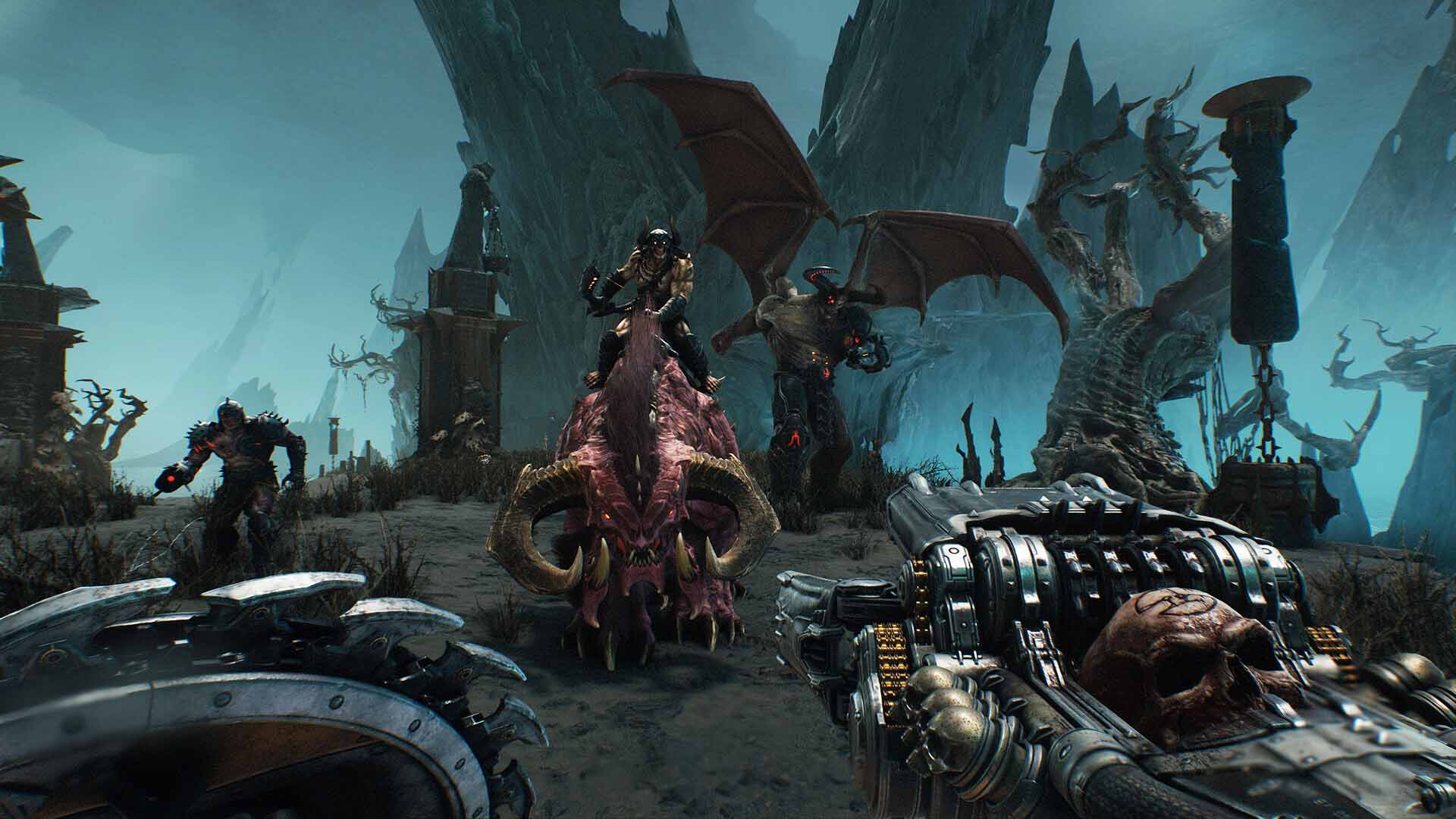
Doom The Dark Ages review: a shooter where shooting is the least interesting option
id Software could have copy-pasted Doom Eternal into a castle, but instead they go bold with a new vision
Imagine being id Software. You’ve released not one but two of the best shooters in the last decade, games that easily lived up to the revered Doom name. Where do you go next? That’s right, you set your next shooter in a sci-fi medieval hybrid world, give the player a shield and introduce a Soulslike block and parry system. Obviously.
Doom 2016 and Doom Eternal are impossible to top. And one suspects id Software knows that as well as anyone, which is why it’s so admirable that the studio’s latest release is full of so many bold design calls. It would have been easy to keep all the systems and mechanics untouched and just sketch out some more levels to enjoy them in, this time with some parapets and moats and things.
Instead, Doom: The Dark Ages lays out a completely different vision of a shooter, one that’s in some ways more in touch with the 1993 genre progenitor than ever, and in others veers wildly into new territory. There are so many different abilities and mechanics in combat now that simply aiming a gun at something and pulling the trigger feels somehow unimaginative.
You’ve got your shield smash, which you perform by locking onto an enemy with block engaged and then hitting attack (RMB then LMB if you’re using mouse and keyboard controls on PC). You’ve got timed parries, quick taps of the block command that stun enemies. Melee attacks that give you more ammo when you use them to kill a demon. A throwable razor shield. A giant mech. A dragon.
So many interlinked combat options, in fact, that the game spends its first three levels just onboarding you to how they all work, which enemies and situations you should consider them for, and all the different currencies and trinkets you should be looking out for. It isn’t overwhelming, nor is it plodding or patronising.
Then come the next 19 levels, a constant barrage of arena fights, scored by drop-tuned metal, that seem stacked hopelessly against you until you start chaining attacks and abilities to shred huge swathes of enemies at once, harvesting health and armor from them and clearing just enough space to see light at the end of the corridor. In that way, Doom: The Dark Ages isn’t too far removed from its two older brothers.
And in plenty of others, it is. The setting is the most obvious example, and honestly we’ve got no idea what’s going on here because our eyes glaze over whenever a cut-scene plays. Which is surprisingly often. If you thought a trip to the dark ages might be handled in that same moody, enigmatic, zero-exposition manner that Quake did when id last went there in 1996, prepare yourself for way more narrative than you bargained for.
Some Star Wars characters seemed to have escaped from their pen and wandered into this game, along with villains with names that read like Haas title sponsors. Storytelling is the game’s weakest element, and that’s absolutely fine, because none of us came here expecting it to spin us a particularly fantastic yarn.
In terms of place, though, it just about pulls off the odd futuristic Middle Ages locales. The arena fights here take place in cobbled villages, cathedrals and muddy rolling hills just as often as steely corridors and sinister facilities with floaty screens. We expected to see a lot more of the former, but the variety doesn’t go amiss.
Variety seems to have been a buzzword during this game’s development, in fact. Because just as you’re acclimating to a new gun, or a new ability upgrade, it throws in something else. A bespoke set-piece, like the early mounted turret fight against a titan, or your repeated journeys from inside a giant mech, or riding the aforementioned dragon.
Top Gear
Newsletter
Thank you for subscribing to our newsletter. Look out for your regular round-up of news, reviews and offers in your inbox.
Get all the latest news, reviews and exclusives, direct to your inbox.
And this is a rare mis-step, because there’s already more than enough to experiment with in your core moveset. You don’t need to be pulled this way and that by gimmicky sequences and sadly, that’s how the mech and dragon sections come across.
You can see how and why they were included: the new idTech 8 game engine is fantastic at scale, and at destruction. It can render vast, towering beasts who’d dwarf Godzilla in real-time among numerous smaller fodder, all with distinct AI combat routines. And it can do all that while enormous chunks of the scenery are being smashed to rubble. It’s incredible to watch.
From the ground, that is. But once you get inside a giant mech of your own, you become the same size as the titans and all the impressive sense of scale is lost. At that point you’re just two lolloping combatants punching each other.
The emphasis in these sections is all about parrying attacks and building up specials by landing standard attacks of your own, which mirrors the Doomslayer sections in some ways, but changes the controls slightly. Ultimately, that feels like a distraction from the core pleasure in Doom: The Dark Ages, which is mastering the deep and broad range of tools and attacks at your disposal. Same goes for the dragon rides: they’re there to show you what the engine can do and it’s certainly an impressive ride, but it’s a distraction from the main event.
And the main event is a shooter of a quality that everyone with a passing interest in games would appreciate. The negatives here are things that diehard FPS fans would raise – are the projectile speeds just right, do the Imps look and sound authentic to the ‘93 sprites, are the levels labyrinthine enough – and then quickly forget about when they turn a corner and see three different ways to chain together their weapons and attacks, and turn a horde of hellspawn into benign puree.
Trending this week
- Top Gear's Top 9
Here are nine of the coolest car nicknames










